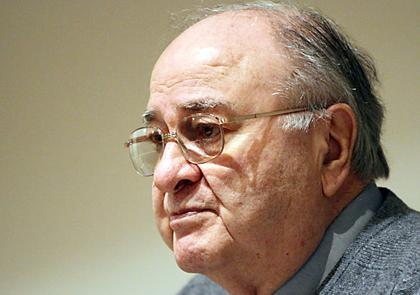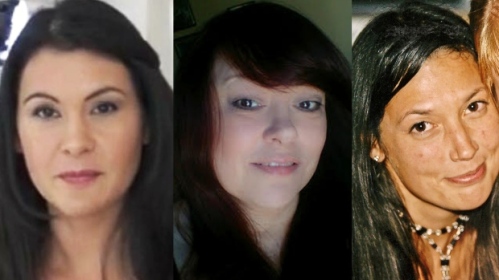 |
| Gov. Bill Walker signed HB 200 on Tuesday morning at the offices of Bristol Bay Native Corporation in Anchorage. |
Gov. Bill Walker has signed into law bills intended to help foster youths and ease adoption in Alaska.
Among other elements, House Bill 200 implements portions of the Indian Child Welfare Act that ease the adoption process for tribal members adopting a child of the same tribe. The bill also allows up to four legal proceedings involved in adoption cases to be combined under the purview of one judge.
House Bill 27, sponsored by Rep. Les Gara, D-Anchorage, is a foster care reform bill that requires the state Office of Children’s Services to make greater efforts to work with tribal and Alaska Native organizations, and perform more in-depth searches to determine whether a relative may be able to care for a child.
Children may stay in the foster care system through age 21 (instead of 18) in order to avoid homelessness, according to one provision in the bill.
The bill calls for children to stay in their current schools (if possible), and it states that one of the duties of the Alaska Department of Health and Social Services is to recruit foster parents and adoptive parents.
Walker added both bills to the agenda of the first special session when they failed to pass the Legislature in regular session.
The signing of HB 200 took place at the Anchorage offices of Bristol Bay Native Corporation, while the signing of HB 27 took place at the University of Alaska Anchorage.
Among other elements, House Bill 200 implements portions of the Indian Child Welfare Act that ease the adoption process for tribal members adopting a child of the same tribe. The bill also allows up to four legal proceedings involved in adoption cases to be combined under the purview of one judge.
House Bill 27, sponsored by Rep. Les Gara, D-Anchorage, is a foster care reform bill that requires the state Office of Children’s Services to make greater efforts to work with tribal and Alaska Native organizations, and perform more in-depth searches to determine whether a relative may be able to care for a child.
Children may stay in the foster care system through age 21 (instead of 18) in order to avoid homelessness, according to one provision in the bill.
The bill calls for children to stay in their current schools (if possible), and it states that one of the duties of the Alaska Department of Health and Social Services is to recruit foster parents and adoptive parents.
Walker added both bills to the agenda of the first special session when they failed to pass the Legislature in regular session.
The signing of HB 200 took place at the Anchorage offices of Bristol Bay Native Corporation, while the signing of HB 27 took place at the University of Alaska Anchorage.





































